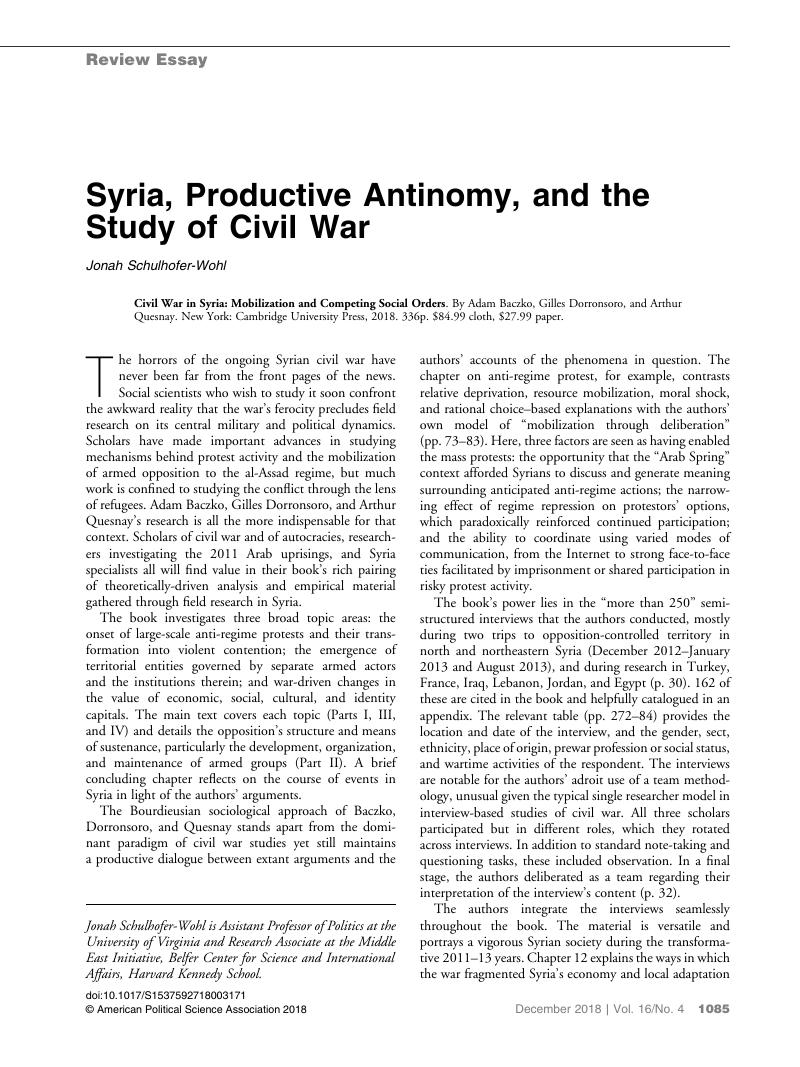Crossref Citations
This article has been cited by the following publications. This list is generated based on data provided by Crossref.
Somcharoen, Pattaree
2024.
Social Cleavage and Ideology: the Logic of Coup Trap in Thailand.
SSRN Electronic Journal,





